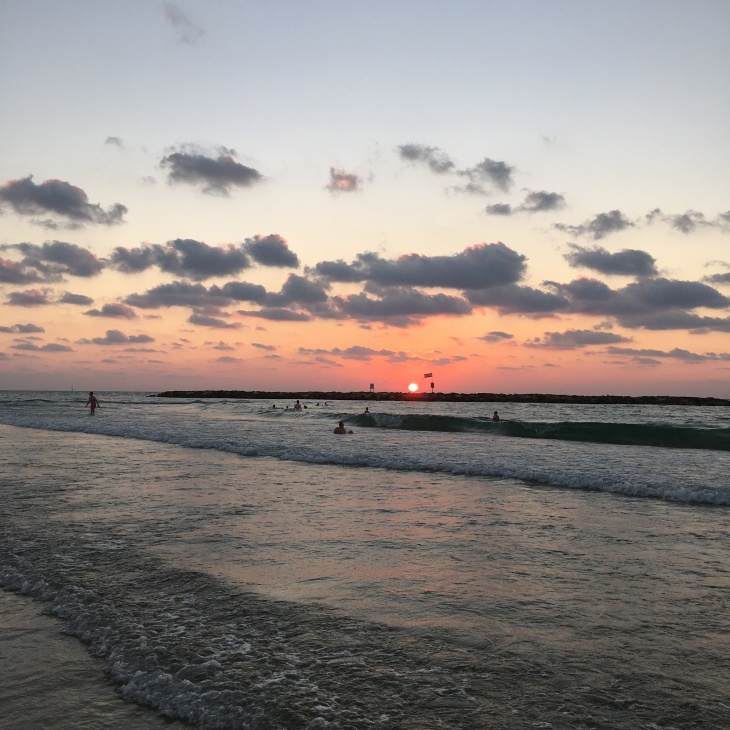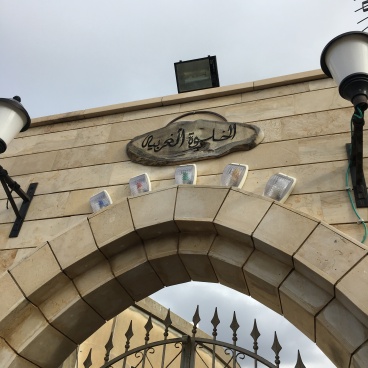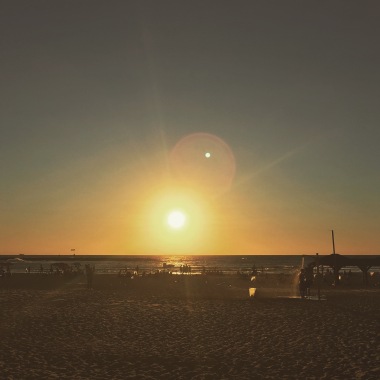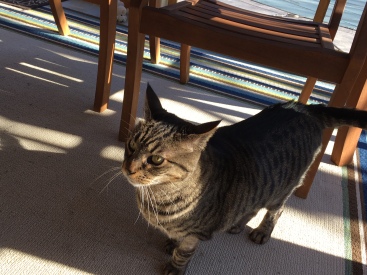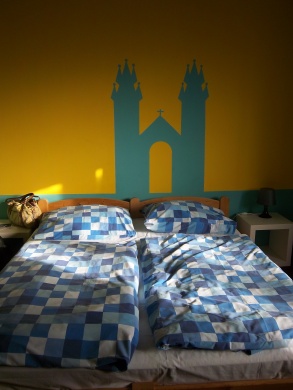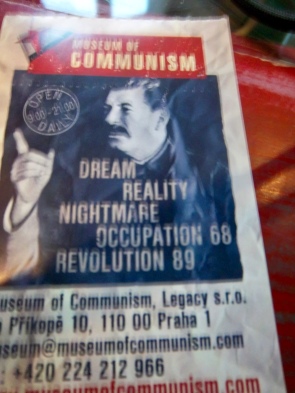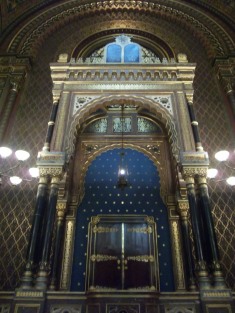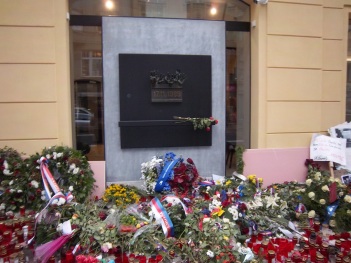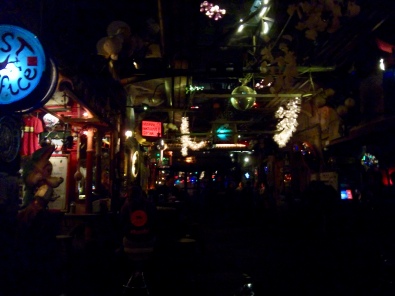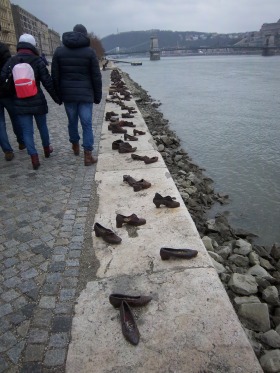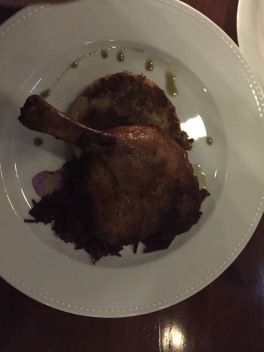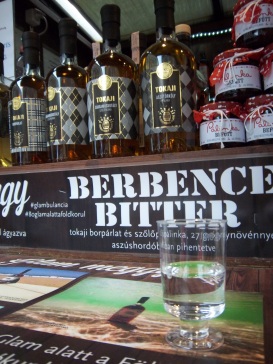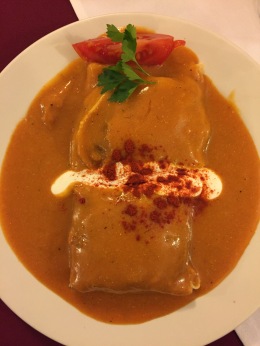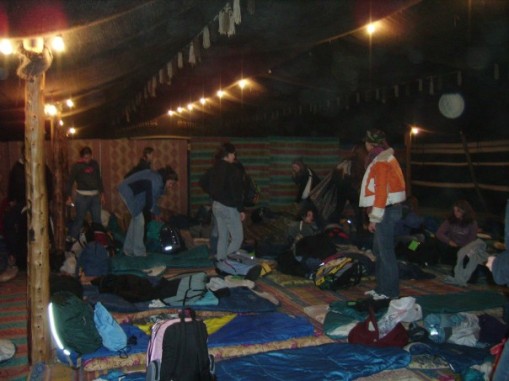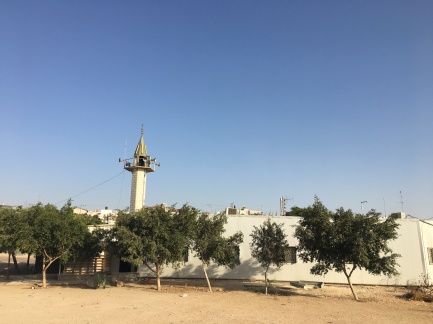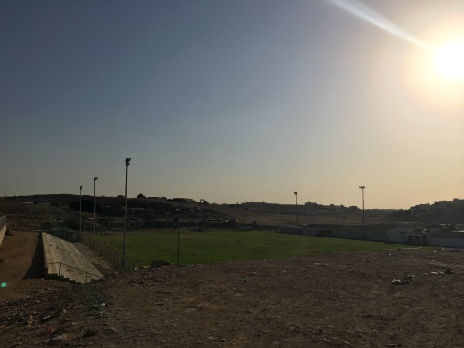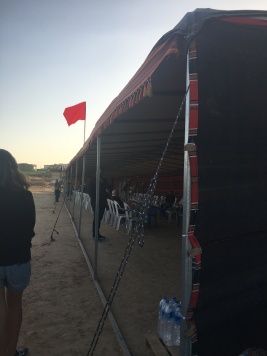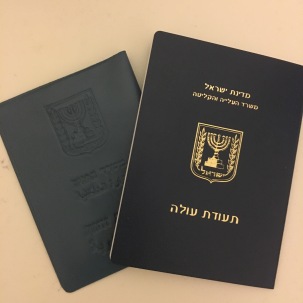 Since my last post, I’ve completed the process of making aliyah and am now a dual American-Israeli citizen. It’s something I never imagined doing, but I’m so glad I did.
Since my last post, I’ve completed the process of making aliyah and am now a dual American-Israeli citizen. It’s something I never imagined doing, but I’m so glad I did.
I’ve gotten a lot of questions about both why I decided to make aliyah and what the process was like.
Why did I make aliyah instead of just getting a temporary resident or work permit? Am I planning on living in Israel forever?
The short answer is: it makes life easier and probably not.
Living in Israel without being a citizen – or having an A1 temporary resident permit – is more difficult. You don’t have a teudat zehut, or Israeli ID number, which is required (or, again, makes things easier) for everything from tax forms to ordering food online. I was surprised at how often I needed this mysterious number that I didn’t possess.
I was also asked, time and again, why I wouldn’t make aliyah, from everyone – potential employers, Israelis I’d just met, bankers. I realized that by not making aliyah, it seemed like I wasn’t committing to living here and that I was planning to leave at any moment.
The third reason I made aliyah is for the benefits. The Israeli government actively recruits olim chadashim – new immigrants – and entices us with benefits. Some are part of a “welcome basket” (sadly not given in a basket), and include money to help you in the first months here, breaks on income taxes taken out of your paycheck, ulpan (Hebrew classes – which I desperately need and are NOT cheap if you have to pay out of pocket), 70-90% discounts on Arnona (property taxes), free health care if you don’t have a job and discounted health care even if you do, and more. Honestly, it’s incredibly helpful, especially living in a city with a cost of living that matches that of New York City but salaries on par with Detroit’s (check out this great 1-minute Nas Daily video for more on that).
And as for whether I’ll stay here forever: probably not, but who knows? I’m trying to embrace a more Israeli go-with-the-flow attitude; as long as I’m happy here, I plan to stay here. We’ll see how hard – and when – homesickness truly sets in.
What’s the process like?
There’s a lot about the process of making aliyah that’s tedious and frustrating and time consuming. Nonetheless, I realize that it’s much easier to gain citizenship in Israel as an American Jew than it is for many others in other countries.
The entire process took about a month. American Jews have the added benefit of help from Nefesh B’Nefesh, an agency that speeds up and simplifies the process. The main steps:
- Fill out a whole lotta forms for Misrad Hapnim – the Ministry of the Interior – including basic information in addition to family history and Jewish history
- Get a hold of my original birth certificate and an original letter from my rabbi back in the US stating that I’m Jewish and born to a Jewish mother (this meant I had to have my sister bring them over from the US – luckily, she was visiting when I needed them!)
- Find an Israeli lawyer willing to watch me sign, then co-sign, a document stating that I’m not a criminal in the US and haven’t perpetrated any crimes against Jews or the State of Israel
- Take a day off work to go to Jerusalem to actually complete the process with Nefesh B’Nefesh, where Misrad Hapnim was on-site to give me my teudat zehut
And with that, I was an Israeli citizen. Easy, right? No, there were more steps after that to get my teudat oleh – my immigrant ID – that would get me the benefits.
- Go to the bank, make a deposit with the teller (for which there’s a fee – there’s a fee to ever interact with the teller) so that I could get a deposit slip to present to Misrad Haklita (Ministry of Absorption). Also meet with a private banker to transfer my bank account to being connected to my US passport to my teudat zehut. (1 hour)
- Go in to Misrad Haklita, all forms in hand, to fill out another form (1 hour)
- Wait for a call from Misrad Haklita to make an appointment to set up my benefits (a couple of days)
- Go back to Misrad Haklita for my appointment to set up my benefits and payments (and the adviser didn’t speak English, so we had to have the receptionist translate) (30 minutes)
- Take forms from Misrad Haklita to Bituach Leumi (National Insurance Institute) to decide on which health insurance company to go with and sign up (and hopefully I’ll get my card in the mail someday soon) (30 minutes)
- Go back yet again to Misrad Haklita because I didn’t realize I needed to have decided which Ulpan to take at my last meeting in order to get the voucher (30 minutes)
- Go back to Misrad Haklita a third (and hopefully last) time, three weeks later (because Passover), to meet with an adviser to go over my benefits more and ask any questions (1 hour… I hope. Not yet completed)
- Go to the municipality to set up my arnona discounts (who knows how long that will take)
After all this is done, I’ll start the process of converting my US driver’s license to an Israeli one, which I have until August 23 to do (one year after my arrival date).
It’s a lot of work, but it’s worth it. I can’t believe I’m still on this adventure. Every day is a new challenge, but each time I accomplish something, it’s a great feeling.
I’m going back to the states at the end of the week for a short one-week visit, and I can’t wait – plus, I’ll get to come back through customs in Israel as a resident!



